How a simple positioning change led to Cenoa's viral comparison strategy
Feranmi Ajetomobi, former Country Manager at Cenoa, shares the story behind the fintech's aggressive competitive strategy.
Hi there.
Welcome to the 220 new subscribers who joined Marketing For Geeks since the last issue. Big thanks to everyone who shares MFG with their network.
ICYMI: In my last issue, I wrote about MTN’s PR disaster and how they could have responded instead. It is now my most widely-read post.
Today is for Funnel Vision, where I write a case study on a campaign, project, or product by speaking with the marketing professional behind them.
In this issue, I look into Cenoa’s growth story with Feranmi Ajetomobi, Cenoa’s former Country Manager for Nigeria.
What To Expect:
Feranmi’s approach to hiring Cenoa’s Nigeria team
How Cenoa penetrated the Nigerian market
The reasoning behind Cenoa’s competitive strategy
Cenoa’s acquisition channels and tactics
In the US and similar markets, comparative marketing isn’t anything new. But in Nigeria, strict advertising codes and cultural beliefs discourage brands from directly comparing themselves against competitors.
So it was a wonderful change of pace when a fintech app, Cenoa, made a tweet directly calling out a competitor’s rates and comparing against theirs. It inspired many hot takes about whether the post was ethical or even legal—I made a thread on this earlier.
Naturally, I wanted to hear from the horse’s mouth. And it was almost serendipitous that Cenoa’s Country Manager was a marketer I’ve respected since our paths first crossed in 2022.
I spoke with Feranmi Ajetomobi, Cenoa’s Country Manager in Nigeria (at the time of our interview), about penetrating the Nigerian market and navigating competition.
Let’s dive in!
Setting up in a new market
One of the first duties of a Country Manager, as Feranmi tells me, is team formation in the country they manage. Cenoa is headquartered in Turkey, so it has central product, engineering, and marketing teams. But when you’re entering a new market, it’s important for certain teams to be localised.
Given Feranmi’s marketing background, you'd think his first hire would be a marketer. It wasn't. It's clear throughout our conversation that Feranmi is both a strategist and executor, which might explain why he didn't need to hire marketers right away. He could do most of the groundwork himself, and he had Cenoa’s global marketing team to support him. I guess in a way, you could say Feranmi was Cenoa’s first marketing hire in Nigeria.
But that’s not the main reason why he didn’t hire a marketer first. Feranmi’s first hire was in the customer support team, and he explains his reasoning to me.
“No matter what, customer experience is the most important thing. If you don't have localised customer experience, you'll have a trust problem. If someone calls your support and hears a foreign voice, they would wonder if you’re a scammer.”
Feranmi believes that Customer Support is not a standalone team, but should instead be a part of the growth team. He learnt this when he worked at Cowrywise, where CS played a key role in conversion.
So when Feranmi wanted to hire someone to lead customer support at Cenoa, he looked out for people who shared his belief in CS as more than picking calls. In other words, customer experience and success, not customer support alone.
He first tried finding this person by making a job post on LinkedIn. But he quickly realised that the kind of person he wanted could only be found via referrals. So he asked for referrals within his circle. And he found exactly who he was looking for.
It's clear that Feranmi is proud of his first customer support hire. He has raved about her in posts before and he does the same on the call.
“We found someone; her name is Judith. She’s amazing. She has worked in CS for companies like QuickBus and Safeboda. But what was really different about her was that she saw the growth component of customer support. She didn’t just see it as ‘pick up calls and resolve customer problems.’ We didn’t play with the work of building an end-to-end system for CS.”
When I check Judith’s LinkedIn profile, I understand what Feranmi means. In her description of her work at various companies, I note key phrases that align with Feranmi’s view of customer success.
Once Feranmi had hired Judith, he could focus on taking the product to market.
Penetrating the Nigerian market
After Feranmi hired Judith, he began searching for partners that could improve Cenoa’s local infrastructure for Nigeria.
Feranmi tells me that Go-To-Market is a two-pronged approach. The prong most people focus on is simply getting the product to the customer. But, as Feranmi explains, Go-To-Market also involves finding partners that help you improve experience for these new customers.
When Cenoa first launched into Nigeria, it could take up to 2 hours for successful deposits and withdrawals. Payment infrastructure looks different in Turkey than it does in Nigeria, so Feranmi had to find a partner to help improve the speed of local transactions.
This is another key job of a Country Manager; to find technical partners to make operations more seamless.
Another job of a Country Manager is to explain the unique context of the new market to the global team. When Cenoa first launched in Nigeria, they were positioned as a dollar savings app, like Piggyvest or Cowrywise.
But Feranmi didn’t think that would work for a number of reasons.
The first was that the savings industry was too competitive for Cenoa’s offering. There were already other dollar savings options with better rates. And there weren’t many Nigerians earning enough to consider saving in dollars, so that positioning significantly reduced their market size.
But the second, and perhaps most important, reason was that savings were simply too high-trust. Nigeria has a trust deficit, and savings require more trust than other financial use cases.
“It is one thing to help people make transactions and receive money. It is another thing to ask them to leave their money with you for a long time. So it was a very tight place for us to be at that point in time.”
Feranmi had first-hand experience with Nigeria’s trust problem. He was part of Cowrywise’s early marketing team and had spent 3 years driving product marketing and storytelling for the fintech.
This meant he knew exactly how long it took Cowrywise to build the trust it has today. And he knew how long it would take Cenoa to build that trust, especially since it wasn’t a locally owned product.
“It took us 3 to 4 years to build that trust as Cowrywise. And now we’re coming as a new entrant in the same market. It would probably take a shorter time than that to build the trust for Cenoa. But we didn’t have the time.
We’re in a fast-paced industry with investors. You look at the numbers and the vision and know you don’t have the time to build the kind of trust you need for savings. If we had the time to spend years experimenting, we could definitely achieve it.”
So, one of the first recommendations that Feranmi made as a Country Manager was for Cenoa to try other use cases around cross-border payments. Management agreed, and thus, Cenoa’s positioning was changed.
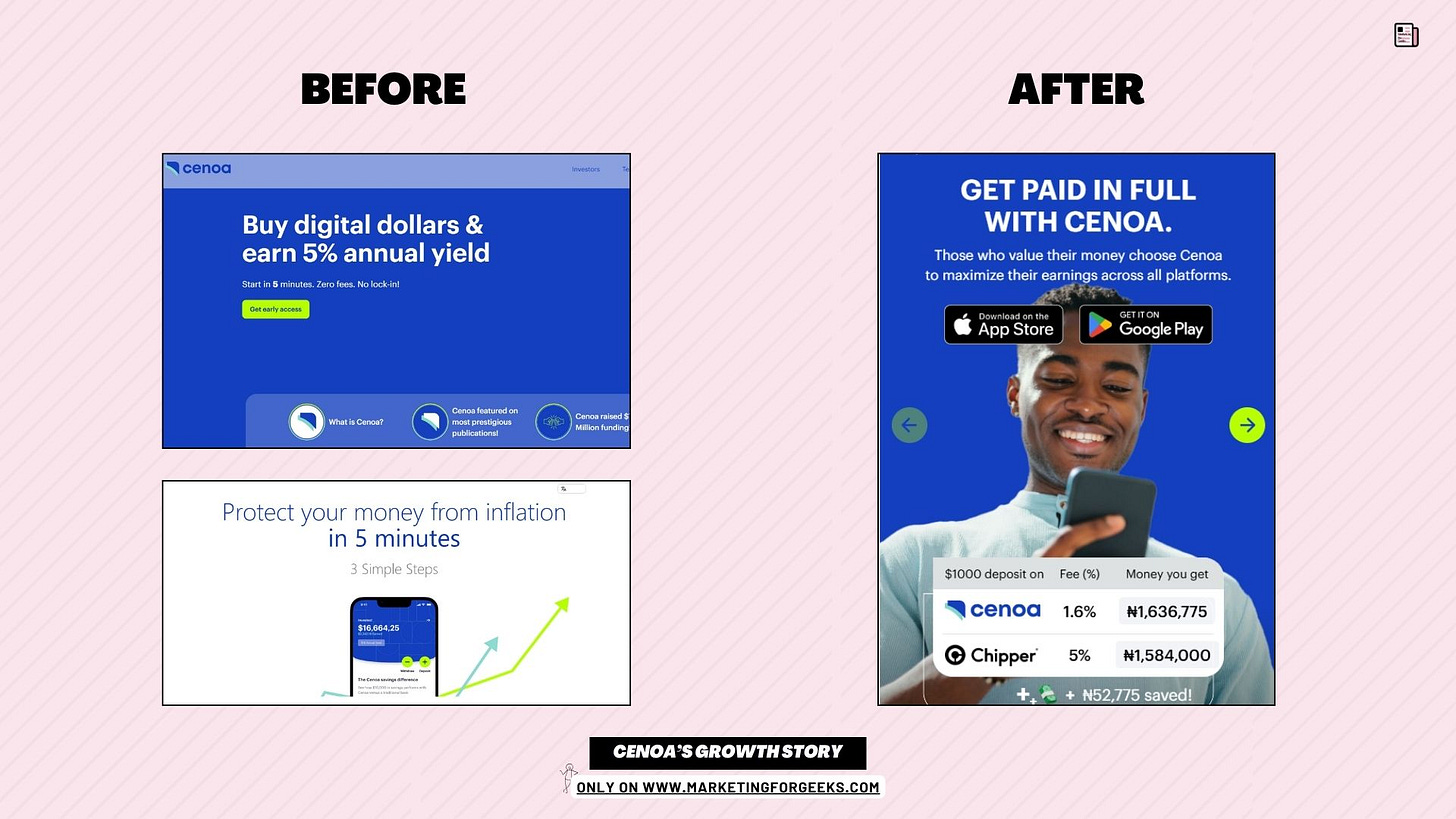
Surprisingly, this positioning shift didn’t require heavy product changes. It helped that the team had identified a partner to improve the speed of local transactions, which was more critical now that Cenoa was a payments solution.
But the savings feature didn’t disappear. It simply became a value-add; and is one of Cenoa’s strongest differentiators now that it is in the payments market.
Other payments solutions simply let you send and receive money. But because Cenoa already had savings infrastructure set up, you could earn interest on your dollar balance. No other payments solution in Nigeria offered this benefit.
It needs to be 100% clear. This “simple” positioning shift changed everything for Cenoa. And they didn’t even need to make major product changes for it.
If they had stuck with their dollar savings app positioning, they would have struggled. Because their rates weren’t high enough to make a huge splash compared to other dollar savings apps. But as a global payments app, their savings feature became a major differentiator from competitors.
Cenoa’s comparative advertising
Everything that Feranmi has told me up till now already paints the picture of why comparative advertising was an excellent strategy for Cenoa. I don’t bother asking why he (and the team) decided to do it in the first place. Instead, I ask about the processes that led up to the viral ad we all saw.
The first thing Feranmi makes clear to me is that the comparative strategy was a joint effort between marketing and customer success. The initial competitor research was led by Cenoa’s Global Head of Strategy and a member of the Nigerian CS team. He uses this to illustrate his point about customer success being critical for growth.
“In Nigeria, there are a lot of big names in global payments. So we [the CS team member] tried some of these products and compared them. We looked at everything, from their onboarding to their KYC to their rates.”
This research took months to collate. But at the end of it, Cenoa’s competitive advantage was clear—their fees & rates. Feranmi then used this knowledge to build out a value prop matrix for Cenoa.
“We saw that we had an advantage with our infrastructure that lets us offer lower fees and better exchange rates. We looked at that cost statement and realised this could be our actual value prop statement. So we turned that differentiator into the tangible value in our value prop.”
When new entrants are cheaper than alternatives, it’s typically because they are subsidizing the cost somehow and intend to raise their prices after gaining sufficient trust and market share. Feranmi raises this to make the point that Cenoa’s differentiator isn’t simply that they are cheaper. It is that they have better infrastructure.
“I want to clarify that I don’t believe in subsidizing costs. I’ve never been a fan of it. It’s not a sustainable differentiator. When you want to position as low-cost, it has to be built on your infrastructure. The reason our rates are low is that we’ve spent money to build infrastructure that makes it cheaper for us. It’s not because we’re subsidizing the cost.”
Cenoa’s promise is that for every $1000 you receive, you pay less fees (and therefore get more balance) than with all other options. This promise is plastered across their communications, including their homepage, where they directly compare against various competitors.
The actual value prop statement was coined by Cenoa’s Head of Brand Marketing as a result of the competitor research that had been done. Feranmi then translated that into website copy. Because Cenoa was a challenger brand, it was very important to Feranmi that they took a bold approach to marketing.

It then made perfect sense to Feranmi to include some kind of comparison table or calculator on the website to show exactly how much you get when you use Cenoa vs when you use other platforms.
“I made a very shabby comparison table in Google Sheets. The CEO saw it and agreed that we should try it publicly. They first used it for the Turkey audience as a comparison against Payoneer. They saw results in that, so we did it for more Nigerian competitors like Grey, Cleva, Geegpay, and ChipperCash. And then it really worked.”
The team started seeing messages and posts from people saying they didn’t know they were losing that much with competitors.
And it was all due to the clarity that Cenoa had on its benefit. They weren’t just another dollar app with no differentiator. Feranmi reiterates that this wouldn’t have been possible if they’d stayed a savings app.
“We were offering cheaper rates than everyone in the same market. There were pain points and there was a clear strong advantage. In the past, the global marketing team tried a comparison against Piggyvest, but it didn’t work for 2 reasons. First, there is good love and trust for Piggyvest. But more importantly, we didn’t have a clear advantage over them at that moment.”
Of course, not everyone is lucky to have management that is open to switching its positioning. That’s why many marketers have to lean on storytelling or aggressive marketing as a differentiator. It’s no fault of theirs, Feranmi agrees. Perhaps another reason for Cenoa’s success is a management that listens to data and allows the team to experiment.
Feranmi and I finally get to talking about the ad that prompted this conversation. Many people who saw the ad, including me, assumed that it was Cenoa’s first comparative ad. That isn’t true.






In fact, Cenoa had created multiple posts, both organic and paid, comparing Cenoa to other options. This was simply the one that blew up. There are many possible theories on why this could be. Maybe this one had clearer messaging than others. Maybe $100 was too low for people to take notice. Maybe $12k was too high for people to relate to. Maybe it was just luck—right place, right time.
Feranmi has his own theory.
“At the time, people had a big pain point with Chipper. There was a consensus that Chipper Cash had been taking people’s money. So I think that made people relate with the post strongly.”
I ask Feranmi if he was worried about any ethical or legal backlash from Cenoa’s comparative ads. He isn’t.
“I saw a lot of people talk about ARCON. Regulatory bodies are one thing, for sure. But legal-wise, there isn’t any law being broken. We didn’t make any untrue statements, we did our research, and we presented the facts. I didn’t lose any sleep, to be honest.”
The only thing Feranmi might have worried about is perception, both internally and externally. But neither of these is an issue for him.
Internally, the global team is 100% aligned with Feranmi’s approach and they back it. For marketing to stand out, Feranmi says, you have to have a strong opinion and your team has to be aligned on it.
External perception is a different beast though. But I can tell Feranmi isn’t worried about that either. He speaks with the assured calm of someone who’s managed viral campaigns before. While he was at Cowrywise, they ran a fake email leak for a campaign that mixed reactions. Feranmi has learnt to weigh the positives against the negatives.
“Nigeria is an interesting country. We have this cultural belief that makes us think ads like these are trying to bring others down. But we’re just trying to show you what’s better. Once the truth is very bold, there will always be some sort of reaction. No matter how good it is, there’s going to be negative reactions. You just have to make sure the positive components outshine the negative, which is what happened to us.”
Comparison ads don’t have to be in good faith, but it is interesting that Cenoa’s is. Even while he speaks with me about the differentiators Cenoa uses to stand out from competitors, he mentions the things that some competitors—even Chipper Cash—have over Cenoa.
Unfortunately (or fortunately, for Cenoa), competitors don’t seem to be as aware of their differentiators as Cenoa is. Or they’re simply unwilling to lean into differentiators as Cenoa has, even if it means changing their positioning. Maybe if they did, they might have been able to respond to Cenoa’s comparative ads.
Only one competitor attempted to respond to Cenoa, and it wasn’t a competitor Cenoa even focused on. Another new entrant—far newer than Cenoa even—called Mular attempted to duplicate Cenoa’s strategy by responding with its own comparison.
I ask Feranmi about his thoughts on Mular turning the tables on Cenoa. His initial response is “I really don’t care; I suspected that somebody would try to clap back.”
But then he pauses and explains why he doesn’t care. He is not trying to be dismissive; he is simply confident in the research he’s done and infrastructure that Cenoa has built. Cenoa’s post took months (of research) to create. Mular’s took 5 days.
“Honestly, there’s no competitor that can come near us in terms of fees and rates in the Nigerian market as of today. I didn’t just wake up and make the ad. We started researching since August. We’d been doing this research for months and comparing fees month-on-month to find a stable rate for comparison.”
Feranmi also points out that Mular’s comparison isn’t comparable. Mular is a crypto payments app that doesn’t offer USD accounts, so it’s not a fair analogy to compare themselves with those that do.
I ask Feranmi about the actual numbers from the Chipper comparison ads. He’s proud to tell me about them.
To anyone else, these would be crazy numbers. But to Feranmi, they’re just the tip of the iceberg. There’s more work to be done.
Feranmi (and Cenoa) plans to continue leaning into their competitive advantage. But they don’t intend to keep doing the same comparative ads over and over again. Feranmi has been relatively calm during our conversation, but he becomes a little excitable when he says this. He cannot tell me all of the details because Cenoa hasn’t executed on them yet.
To whet my curiosity, he hints that it involves Cenoa putting its money where its mouth is by giving people back the money they lost with other platforms.
Cenoa’s recent success, especially in reducing CAC, has led to Feranmi’s boss voluntarily doubling his marketing budget. Which means that Feranmi has a bigger budget to experiment with.
Cenoa’s acquisition channels
So far, Cenoa has amassed about 400k users in Nigeria. We already know their recent comparative ads brought a bump in traffic, but the startup was doing fairly well even before that. Feranmi tells me about their chosen channels and the tactics they use to be successful in them.
Feranmi uses organic content marketing to choose the best content for paid channels. In fact, they tested the comparison messaging organically before deciding to put some money behind it for ads.
“If an organic content gets good traction, then we promote it with a little budget so it goes wider. So it has to deliver results first organically before we decide to spend. Of course, there are cases when you’re sure of something and want to go live with it right away. But most of the time, we test the organic impact first.”
Cenoa has also leveraged influencers, especially when they first launched in Nigeria. Many people expect influencers to drive quick conversions, but Feranmi tells me that’s only a secondary benefit at best.
For Feranmi, there are 2 main benefits of using influencers. The first is trust.
“In any new market, the first thing is trust; and that’s why influencers work. People use influencers wrongly when they expect instant conversions. The real impact of influencers at the beginning is trust.”
The 2nd benefit of using influencers, Feranmi explains, is reach. This is especially true for influencers with mass audiences, like skitmakers and celebrities.
“I’ve seen people talk on Twitter about ads not bringing conversion when they use big influencers like Layi Wasabi. But that’s what happens with generalist influencers. Their job is to amplify your message to a wide audience of people. So you use influencers like that to get attention. And then you bring in the niche influencers that can leverage that attention to actually get trust and conversions.”
Anyone who’s ever had to work with niche influencers knows how hard it is to find them in the first place. For this, Feranmi works with an agency, Creative Agora, that he has a longstanding relationship with.
But not everyone can hire an agency. In this case, Feranmi recommends doing the hard work yourself.
“For example, I can go to TikTok or YouTube and search for “How do I open a US dollar account?” And from that search, you’d see a ton of people answering these questions with videos. And you’ll see them with different follower counts or engagement numbers. Find the ones that work for your budget.
When you’ve never done the hard work yourself, you won’t really know what you want. And that means anyone or any tool can feed you a load of bull and you just run with it.
As we get on to the topic of niche influencers, Feranmi tells me about his work with niche communities. For example, Cenoa recently announced a partnership with People In Product, a tech company for—as the name implies—people who work in product.
Feranmi acknowledges that communities are small and might not bring you the same reach as other channels. But he argues that they can help you build ambassadors quicker and cheaper than other channels.
“So you reach out to a community and create an exclusive partnership with them. It shouldn’t be a one-off thing. You do events with them, speak with them, hold them tight, sponsor some of their events. And somehow you unintentionally become the official dollar account of those communities.”
MORE ON COMMUNITY PARTNERSHIPS👇🏽
Once again, Feranmi credits his CS Lead, Judith, for taking the lead on some of Cenoa’s strongest community partnerships. There is pride in his eyes when he says:
“For the first time, I’m seeing the kind of work I did at Cowrywise happen even better and at scale.”
Since Feranmi has told me how he hires rockstar CS people, I ask him what he looks out for in marketing hires. He tells me 4 things; boldness, persistence, documentation, and a focus on results.
Feranmi explains the reasoning for some of this criteria. If his marketing hire weren’t persistent, for example, they’d have given up when the first few comparison messages didn’t take off. Instead, they kept tweaking the messaging and trying new things until it finally hit.
“People always say you can’t engineer virality. You can. But for that to happen, you have to have a persistent system. Before that ad went viral, we’d tried similar things a number of times. He [marketing hire] could have dismissed it and said “I’m not doing this again” but he didn’t. And then this particular one went viral.”
And when Feranmi wanted to see the results of the campaign, they didn’t focus on the buzz and virality. They focused on how they affected the bottomline – website visits, sign-ups, transactions, acquisition cost.
When I told members of MFG’s WhatsApp community about the interview, they asked me to help relay some questions to Feranmi. One of the questions was “How does he approach these marketing angles? What’s the thinking process like?”
On the surface, it might seem like a vague question. But sometimes, bold marketing can seem so elusive. It’s hard to find new ideas that work. So I ask Feranmi the question.
“I just sleep actually”
His first response is half-joking, but there’s reason in it. Sometimes, it’s important to take a break and come back at things with a fresh mind. As the song goes, “Overthinking no fit solve problem.”
But Feranmi doesn’t end his response there. He pauses and tells me, in a more serious tone, that he simply looks at patterns. Like a true geek, he spends time studying things that have been done before. And then he reverse-engineers them.
Sometimes, his sources for inspiration are the works of other companies.
“I could go to Dominoes UK on social media and see the kind of things they tweet about. Sometimes, I go to Ads of The World and just watch a ton of ads. Some of these things won’t work in Nigeria. Some will. So I try to apply it to the Nigerian context.”
Sometimes, he looks at patterns in product data instead.
“I like using data to guide my marketing—not just me, the entire team. So if I see payments coming from a particular platform, I’m thinking ‘how can we build a partnership with that platform?’
One time, we found that some of our highest earners were coming from a particular platform. So we put those users in a segment and gave them a referral program. Now, I’m confident that everyone who comes through that referral won’t go below a certain transaction value.”
I ask Feranmi a final question (the question itself is inconsequential) and his last words strike me as the perfect way to end this story. They reflect Feranmi’s (and Cenoa’s) confidence in both their product and their marketing—and why they’re not really worried about competition.
“I have a few exciting rollouts coming soon. When that happens, I know someone will try to replicate it again. But then they’ll see why they can’t replicate it.”
That’s it! An inside look into Cenoa approaches competition in a saturated market. You can find Feranmi on LinkedIn.
📣Tweet about this.
UPDATE: Feranmi has officially left Cenoa at the time of publishing this article, but remains an equity holder.
Want to do more than read MFG?
Join MFG’s WhatsApp community to partake in marketing discussions. The community now has 300 people with a mix of beginners, mid-level, and experts.
Come play at MFG’s 3rd physical hangout (community members only) on March 29. It’s nothing crazy; a few of us sit somewhere, drink (everyone pays for themself), play games, and rant. Location is Ibadan. Join the community to find out more details.
If you’re a founder, book a call to get one-time free product marketing advice for 15 minutes.
Contribute guest posts to MFG. Works best if you’re looking to build bylines for your portfolio.
What I’m Reading
The definitive framework to find your next scalable user acquisition channel — Great post about finding the right acquisition channel(s) for your startup.
The Ultimate SEO Guide for Early-Stage SaaS — Excellent guide for SEO beginners.
50 things we’ve learned about building successful products — 50 lessons from PostHog’s team
How To Measure Marginal Willingness To Pay —Marginal Willingness To Pay measures how much a customer would spend to change one specific feature of your product.
Why Is Duolingo So Crazy? — Great case study on Duolingo’s gamification and brand strategies.
Marketing Jobs
B2B SaaS Content Writer at Scalerrs | Remote, Anywhere in the world
Content Writer at Zedcrest | Hybrid, Lagos
Growth Marketing Associate at The Afara Initiative | Remote, Nigeria
Growth Marketing Lead at NotchHR | Hybrid, Lagos
Content Writer at Groove | Remote, Anywhere in the world
Did you enjoy this issue? Give it a ❤️ and let me know in the comments section.
Even better, share this with someone. If they subscribe, you get referral rewards.






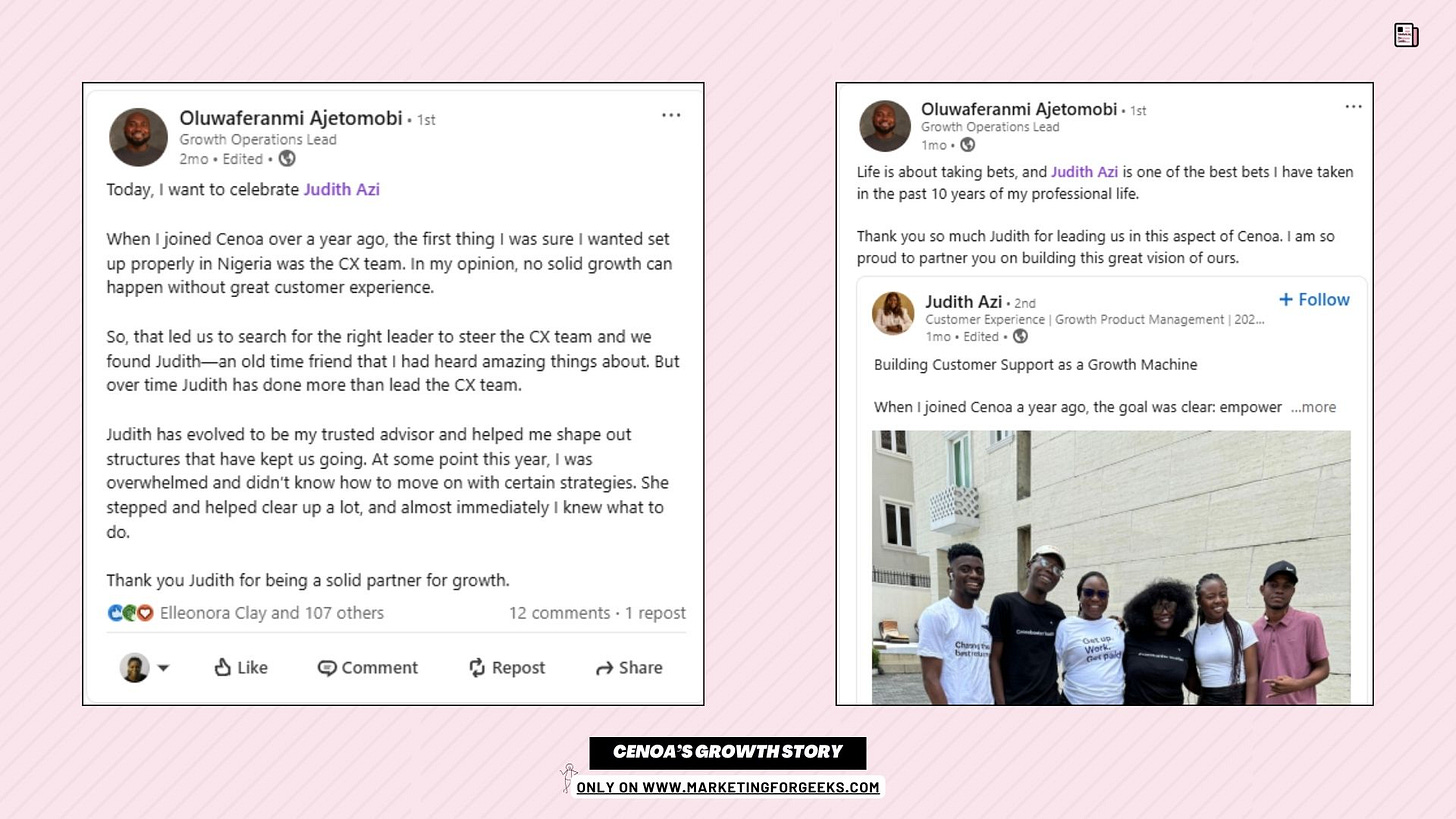

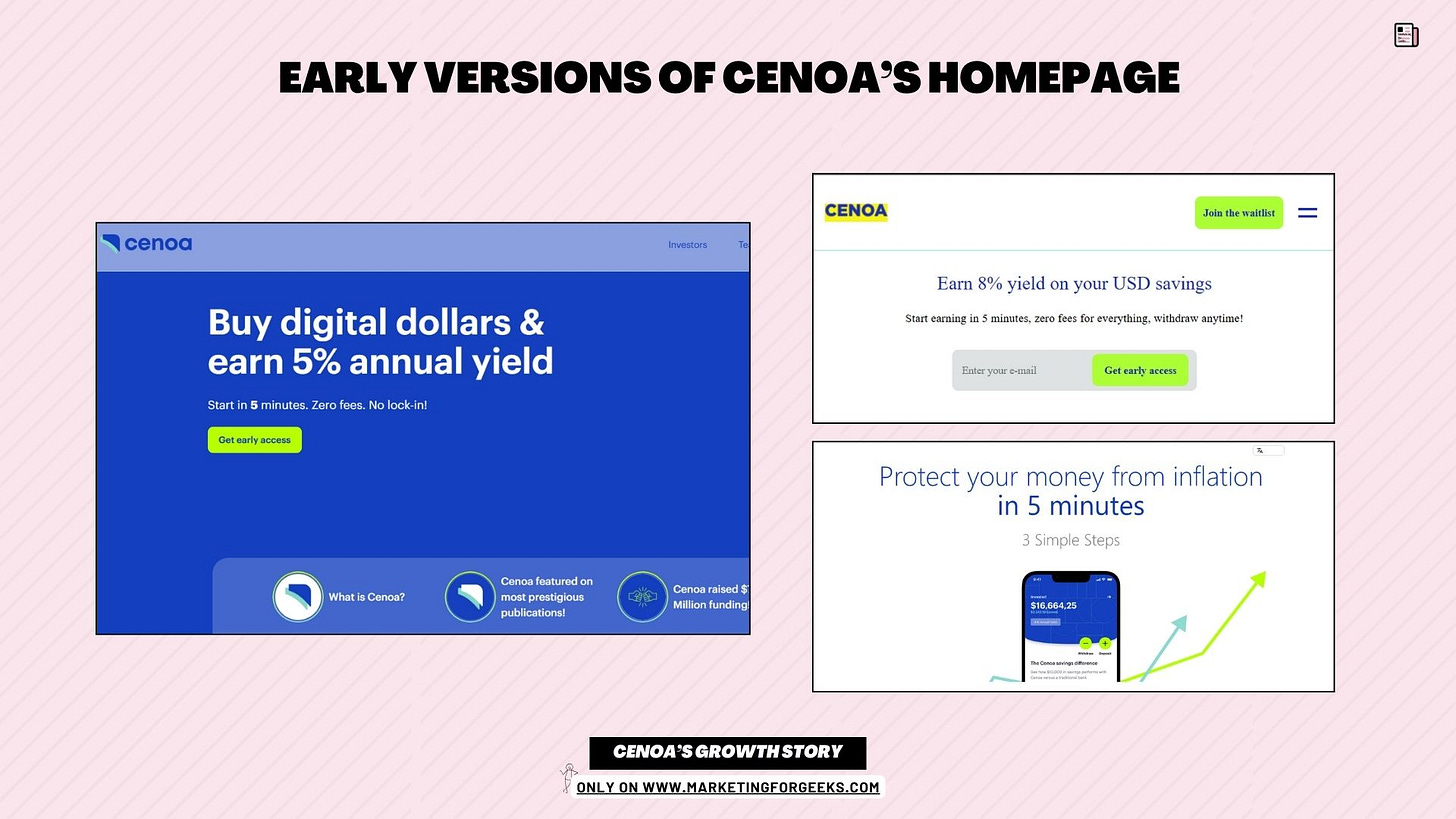


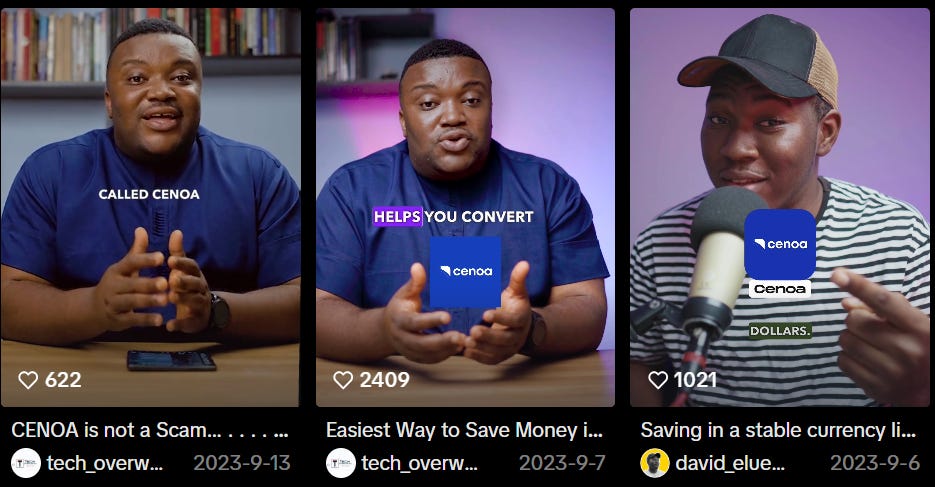
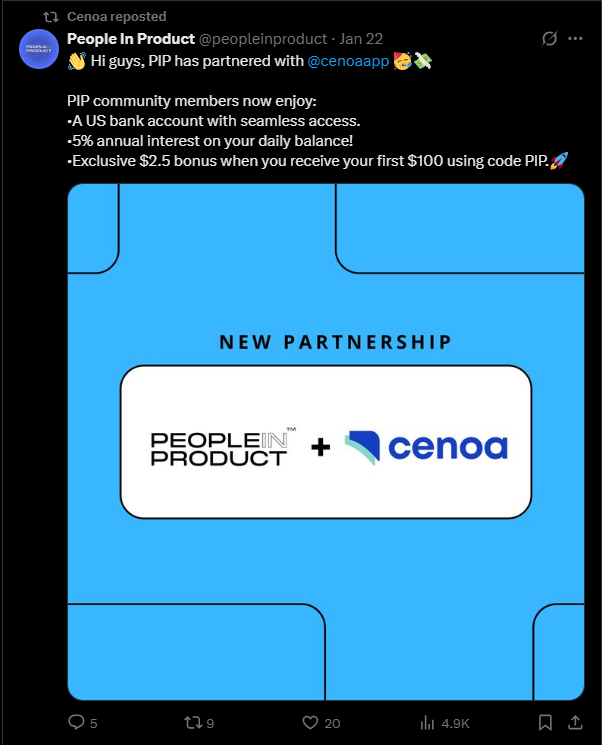


Ok, this is good. Been a content strategist who disconnected from Nigerian tech companies for foreign gigs and projects. But this is an eye-opener for me. And I love it!
I definitely will be coming back to read this again. This was informative at its core.